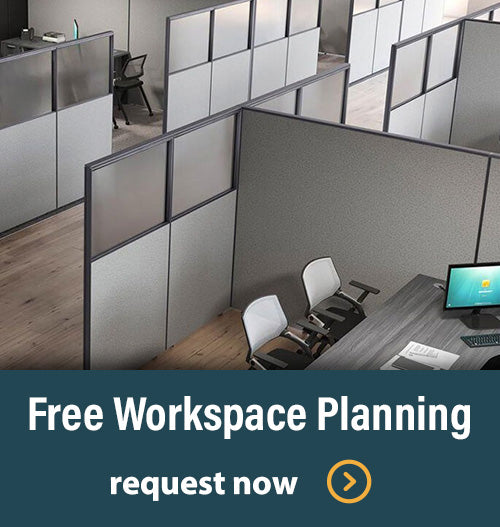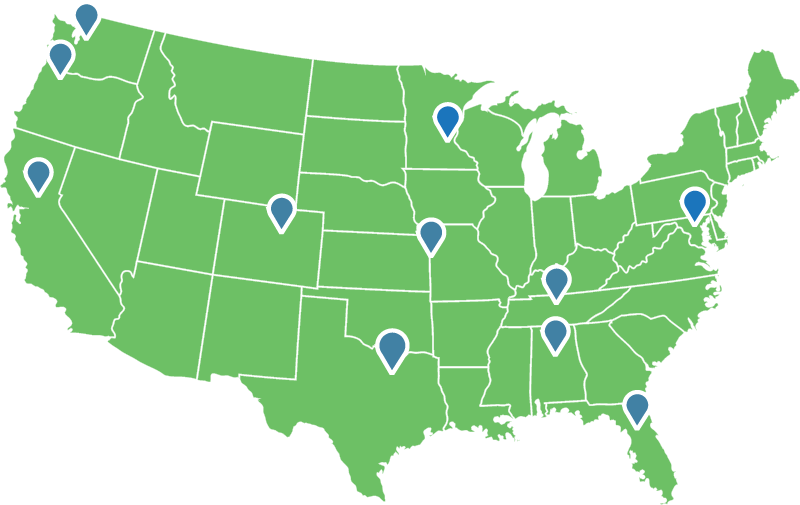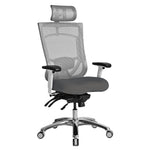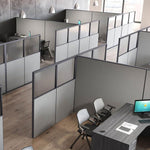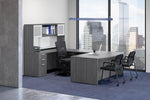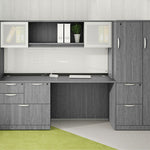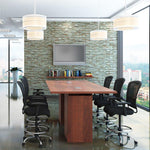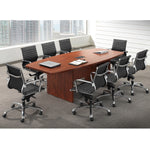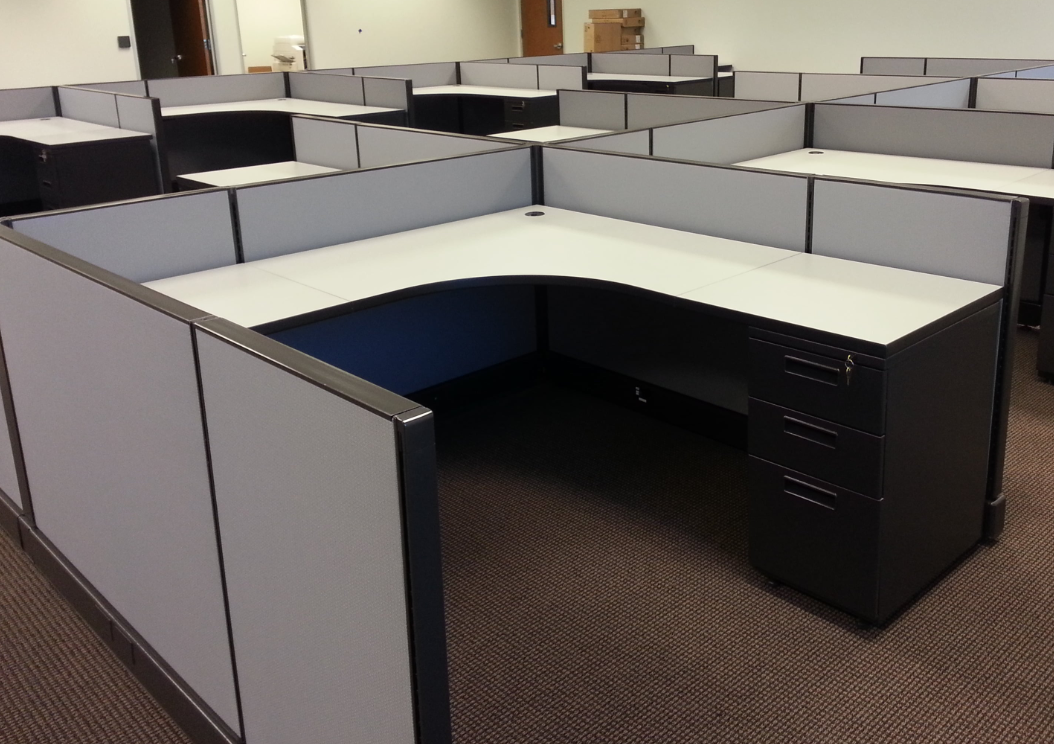Workplace design is no longer one-size-fits-all. The modern office is constantly evolving, and one of the biggest challenges for businesses today is striking the right balance between privacy and collaboration. On one hand, employees need quiet, focused environments to be productive. On the other, teamwork and creativity thrive on open communication and easy access to colleagues.
So how do you determine how much to separate employee workspaces and what are the best layout options to support both needs?
The Case for Privacy
Distractions are the enemy of deep work. For tasks that require concentration like writing, data analysis, coding, problem-solving, having a private or semi-private space is key. Studies have shown that workplace interruptions can reduce productivity by as much as 40%, and it takes about 23 minutes to refocus after an interruption.
Privacy can also support:
-
Confidentiality in conversations or phone calls
-
Lower stress levels due to reduced noise and visual distractions
-
Employee satisfaction, especially among introverts or those in detail-heavy roles
The Case for Collaboration
On the flip side, collaboration drives innovation. Open layouts make it easy to bounce ideas around, ask quick questions, and foster a sense of community. In fast-paced or creative industries, this can be a huge advantage.
Benefits of collaborative workspaces include:
-
Faster communication and real-time problem-solving
-
Greater camaraderie and team bonding
-
Cross-departmental interaction that may not happen in siloed spaces
Finding the Right Balance: It’s Not Either/Or
The best workspaces don’t choose between privacy and collaboration, they offer both. Here are some of the most effective ways to create a flexible environment that meets a range of needs:
Workspace Options to Consider
1. Desk Pods & Benching Systems
Grouped desks (or benching systems) keep team members within reach of one another while maintaining some visual and spatial boundaries. Add desk dividers or modesty panels to reduce distractions while keeping communication easy.
2. Acoustic Panels & Privacy Screens
If you're working with an open layout, acoustic solutions like ceiling baffles, privacy screens, and sound-absorbing desk dividers help reduce noise while maintaining visibility and openness.
3. Phone Booths & Focus Rooms
These compact, enclosed workspaces give employees a quiet, private place to take calls or focus on demanding tasks. They’re perfect for offices that want to keep an open feel without sacrificing heads-down time.
4. Flexible Furniture
Mobile partitions, whiteboards on wheels, and modular seating allow teams to adjust their setup based on the day’s needs. Collaboration zone in the morning, quiet zone in the afternoon? Done.
5. Designated Zones
Create clearly defined areas for different types of work: collaboration hubs with soft seating, quiet corners with desks and noise control, and casual lounge areas for informal conversations. Wayfinding signage or flooring differences can help subtly guide the flow.
Know Your Team’s Needs
There’s no universal blueprint. The ideal layout depends on:
A finance team’s workspace will look very different from a creative agency’s...and that’s okay! The key is to listen to your employees and offer options that support how they actually work.
The future of office design is flexible. It’s not about cubicles vs. open space; it’s about giving your team choices. When employees have the ability to move between collaborative and private environments, productivity and satisfaction soar.
View all of USDO's offerings at usdiscountofficefurniture.com or visit the links below!
Cubicles
Open concept


